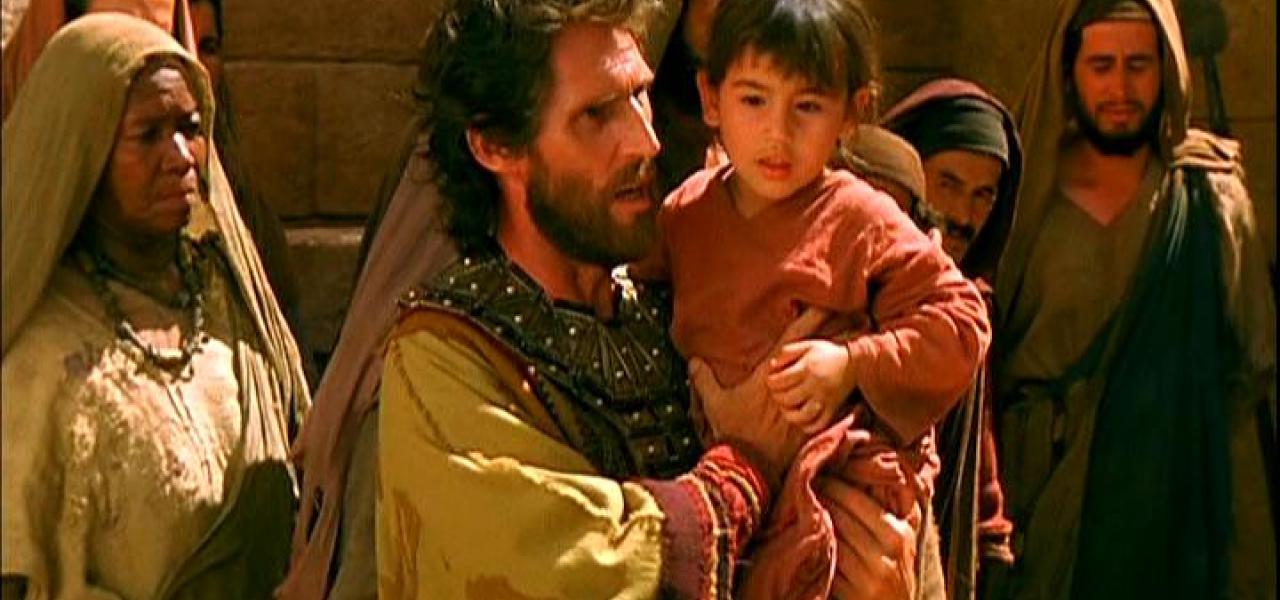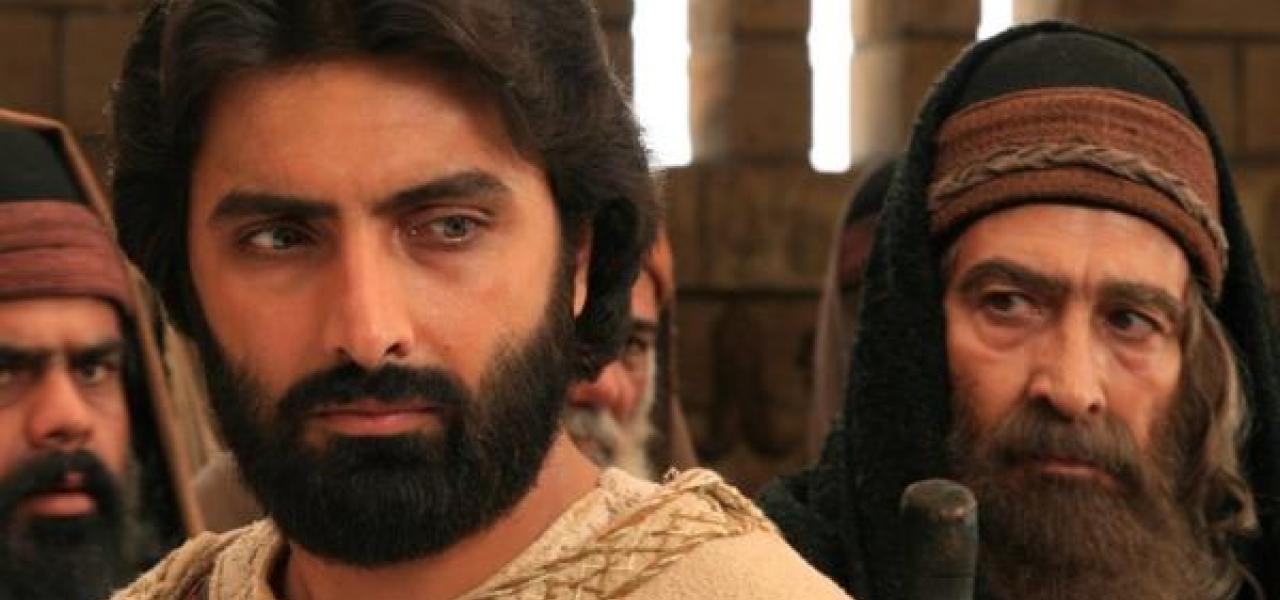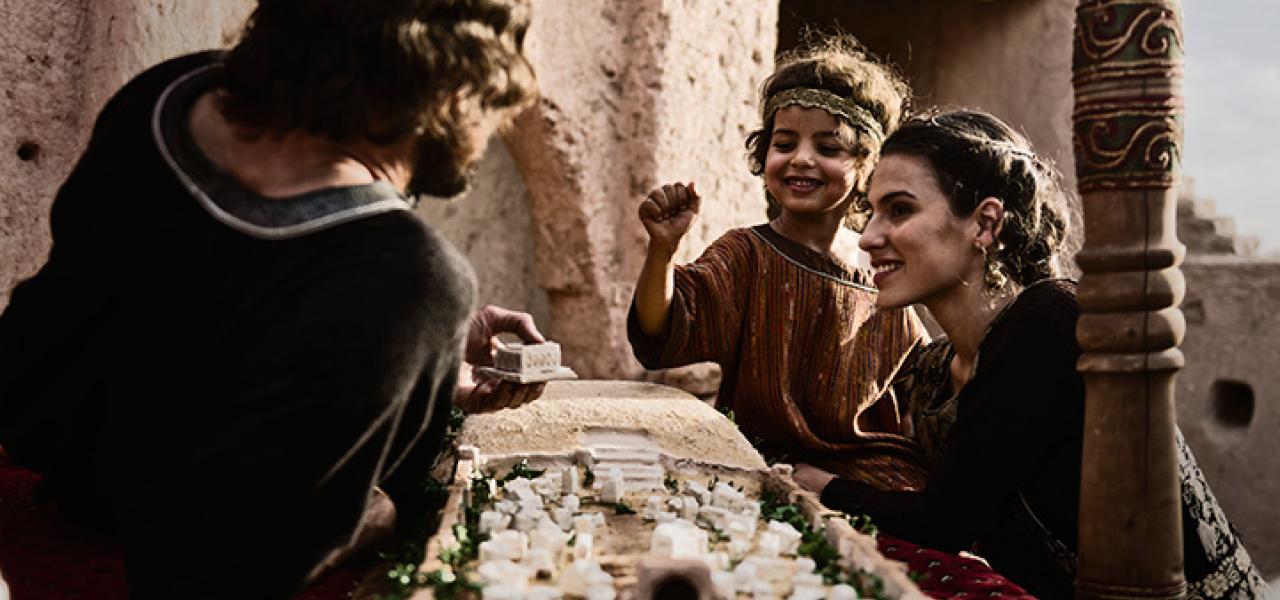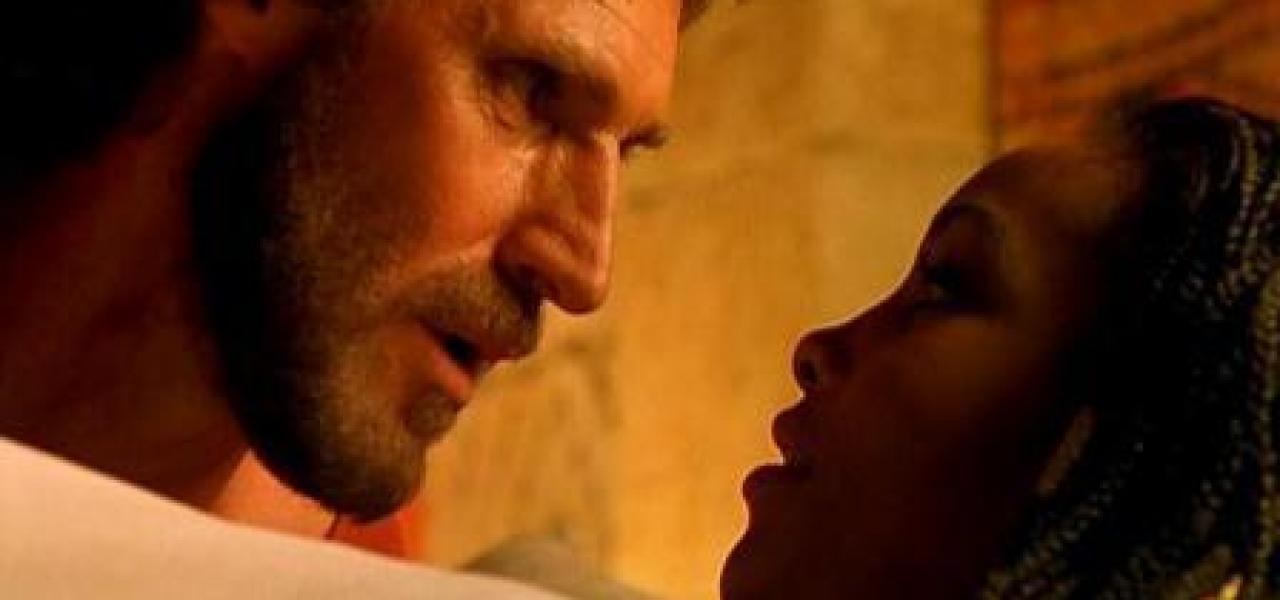Art as spiritual food
Solomon is a 1997, made-for-television movie, based on Bible stories set in and around Jerusalem. The charm of its cinematography derives from a Morocco film location.
The trajectory this springboard launched me in was this reflection : How were 3000 year-old yearnings for interfaith conflict resolution, still alive today, epitomised in the romantic legend of King Solomon and the Queen of Sheba?
King Solomon of Israel (played by Ben Cross) was the wisest and wealthiest king in history, remembered as the builder of the First Temple in Jerusalem, which housed the Ark of the Covenant holding Yahweh’s laws, while intended also to be a ‘temple for all nations’. (So its relevance was for both Jew and Gentile). His gift of divine wisdom was exercised famously in dispensing justice, and in his political and religious judgments. He averted the threat of the encircling pagan nations, like Egypt, by dynastic marriages and promoting trade - as rival powers still do today. But it meant importing the goddess deities of the Gentiles, so the visiting merchants and the entourages of the many wives (and concubines) had shrines at which to worship, far from their lands of origin. Again, we do similarly today when building mosques, temples and other shrines in Western centres. Solomon’s religious establishment, and large sections of his subjects, drove the conflict by a tendentious interpretation of the Commandments that cast Solomon’s actions as idolotarously promoting “false gods” in place of the One True God of Israel. Solomon’s highly sexed nature also meant his countrymen feared the pleasures of the flesh might allow a foreign woman to gain mastery over his soul. The prophet Nathan, a celibate for the Lord, is especially concerned about this. However, Solomon’s one true love, the Queen of Sheba - his “soul mate” - can transport him through her presence into the ecstasy of the Song of Songs; and, through her absence, into the world-weariness of Ecclesiastes - “vanity of vanities”.
The Queen of Sheba (played by Vivaca A.Fox) is a beautiful, black queen from the south,
perhaps the current region of Ethiopia, Yemen or both. Hearing the famous tales of Solomon’s wisdom, in judgment, governance and matters of faith, she makes a pilgrimage with her caravan and tributes of riches to meet and stay with the King for at least a year. The tale fired my imagination growing up, especially after beholding the enormous oil painting of her arrival at his court, hanging in ornately-framed splendour at the Art Gallery of NSW. Was she the comely, black beloved of Song of Songs, a Biblical love poem (by Solomon) which mystics have viewed as an allegory of the Divine’s wooing of the human soul? The queen’s understanding sought the perfect marriage with the king’s wisdom, to birth knowledge of the spiritual and the sensual, of all things on heaven and on earth. She bore him a son, Menelik, who would be destined to rule the mysterious southern kingdom in the name of the God of Israel, and may be the origin of Ethiopian Jews. Sheba became everything; all the other women became nothing. But the royals were star-crossed lovers through forces outside their control.
The high priest Zadok started regarding Solomon as heretic and apostate. Jeroboam, a labourer on the Temple whom Solomon had elevated, also saw in the romance a violation of the national integrity and the revealed law. Their powerful factions would never accept Sheba as their queen, nor her offspring to sit on the Throne of David. The broken-hearted couple must separate and return to their respective royal duties and leave unresolved what was essentially an interfaith conflict, profounder than the intra-faith conflict occasioned by the marital frustrations of Henry VIII of England many centuries later.
Were their accusers right? They lacked the foresight, perhaps, to see the universalist potential of the union of King Solomon and the Queen of Sheba. How could a 3000 year old, recently-tribal patriarchy, permit the marriage of Jew and Gentile? The conflict would spill over into a splitting of the Kingdom of Israel after Solomon’s death, with Jeroboam leading the bulk of the 12 tribes in a northern confederation, and Rheoboam ruling over Judah around Jerusalem. Yet while Israel split, its faith was transplanted to the south, to Africa and Arabia. Like the Three Wise Men of the East, who were pagan Gentiles but came to recognise Israel’s Messiah, the Queen of Sheba came from a pagan culture but, through her love of Solomon and his wisdom, came to accept the faith of Israel, and passed it on to her son’s kingdom.
We see the destiny of nations propelled by sex and death, love and war, through the plot and its allusions in the broader Biblical epic. King David, the great warrior, desired the wife of one of his officer’s - Bathsheba - who becomes a queenly figure in her own right, a power behind the throne. She bears him his favourite son, Solomon, whom God (and his passion for Bathsheba) directs David to appoint as his succesor over the elder half-brother, Adonijah. It is Solomon - technically the offspring of murderous adultery accompanied by profound repentance - who is anointed instead of Adonijah. The military power broker, Joab, who agitates for Adonijah’s ascension, represents a reaction to all who fear that David, and then Solomon, might have gone “soft”, by “thinking with their private parts”. Yet Adonijah is shown to be a victim of both lust and cowardice. And Joab, for his treachery, is slaughtered illicitly in the Holy of Holies, clinging for sanctuary to the Ark and the Law.
The other time in the film when the temporal power burst through to the inner sanctum, the Holy of Holies - this time in the completed Temple - was when King Solomon stole in, and soon dragged Jeroboam playfully after him. This was a place that could only lawfully be visited by the High Priest of the Day of Atonement, Yom Kippur. Solomon was there to ensure that special pearls were properly set in the eyes of the cherubim guarding the Ark. These pearls were a gift to him from a loyal subject and commoner friend, the merchant of salted fish, Azarel, whose daughter, Abishag, Solomon had employed to heal and revitalise both Adonijah and David. For Abishag was versed in herbal lore, had “healing hands”, and probably appealed to Solomon’s syncretic occultist sense.
Which brings me to the final point. Solomon was central to what I have called the patriarchal religious tradition, and represents a rare reaching out to the matriarchal, in the respect he accorded the latter’s Near Eastern cults, like that of Ashtoreth/ Astarte, which continues as Aphrodite/Venus. He was also central to what I have described as the prophetic tradition, which is part-and-parcel of a priest-prophet-king system of rulership.
In some sense he was a precursor of Jesus, whose followers wanted to transcend the division between Jew and Gentile. Solomon has also been a central figure for the occult religious tradition, both through the Freemasonic lore surrounding the Temple and his relationship with Master Builder, Hiram of Tyre; and also through the application of his gifts to the secret oral tradition of the Jews, buried in the riddles of the kabbalah. Alchemists, magicians and theosophists often claim a line of descent through this ancient king of Israel.
Copyright Thomas Kadmon





